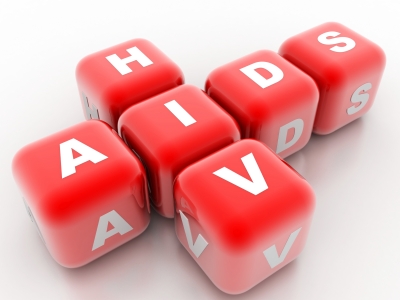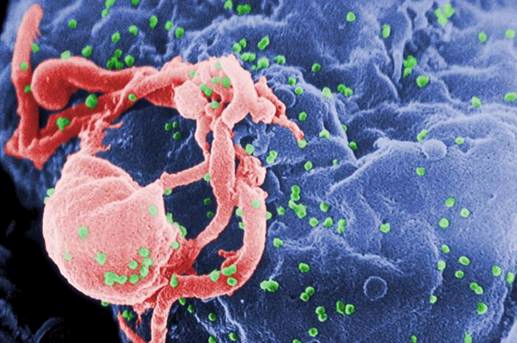HIV-AIDS
Rome is Still Burning!
| RESOURCE LOCATOR | HIV - AIDS STATISTICS | HIV PREVENTION | OTHER LINKS |

|
|
World AIDS Day 2013—Addiction Treatment Supports AIDS TreatmentDecember 1, 2013 • By Nora Volkow, M.D., Director, National Institute on Drug Abuse (NIDA), NIH A new studyby researchers in Vancouver, British Columbia shows that, beyond the benefits of drug addiction treatment in HIV prevention, it also supports HIV treatment. Drug users face numerous unique challenges that contribute to poorer outcomes from HIV infection. The Canadian study found that, in the absence of financial and other barriers preventing access to antiretroviral therapy (ART) regimens, opioid-dependent individuals engaged in methadone maintenance therapy (MMT) were less likely to discontinue ART than those not engaged in MMT and were more likely to achieve suppressed viral loads. This study shows that investment in drug treatment improves a crucial step in the HIV Care Continuum: helping people stay in care—since HIV treatment is a lifelong process until a cure is found. By treating drug dependence, a person is benefiting not only from a lifestyle free of illicit drug use but from one that is less compromised by HIV because remaining on ART will be more likely. The benefits of delivering addiction treatment to HIV-positive drug users could also extend to the community, by reducing the likelihood of HIV transmission to others. We have done much to reduce the spread of HIV, but there are still approximately 50,000 new HIV infections each year, and at the end of 2010, an estimated 872,990 people in the United States were living with an HIV diagnosis. World AIDS Day is an occasion to renew our commitment to reducing the scourge of AIDS and curbing the spread of HIV. The Canadian study is a reminder that drug addiction treatment is an intrinsic part of those goals. |
The HIV care continuum—sometimes also referred to as the HIV treatment cascade—is a model that is used by Federal, state and local agencies to identify issues and opportunities related to improving the delivery of services to people living with HIV across the entire continuum of care.
This continuum has five main “steps” or stages:
- HIV Diagnosis —The HIV care continuum begins with a diagnosis of HIV infection. The only way to know for sure that you are infected with the HIV virus is to get an HIV test. People who don't know they are infected are not accessing the care and treatment they need to stay healthy. They can also unknowingly pass the virus on to others.
- Getting linked to care—Once you know you are infected with the HIV virus, it is important to be connected to an HIV healthcare provider who can offer you treatment and counseling to help you stay as healthy as possible and prevent passing HIV on to others.
- Staying in care—Because there is no cure for HIV at this time, treatment is a lifelong process. To stay healthy, you need to receive regular HIV medical care.
- Getting antiretroviral therapy— Antiretrovirals are drugs that are used to prevent a retrovirus, such as HIV, from making more copies of itself. Antiretroviral therapy (ART) is the recommended treatment for HIV infection. It involves uses using a combination of three or more antiretroviral drugs from at least two different HIV drug classes every day to control the virus.
- Achieving a low amount of HIV virus in your body—By taking ART regularly, you can achieve viral suppression, meaning a very low level of HIV in your blood. You aren’t cured. There is still some HIV in your body. But lowering the amount of virus in your body with medicines can keep you healthy, help you live longer, and greatly reduce your chances of passing HIV on to others.











